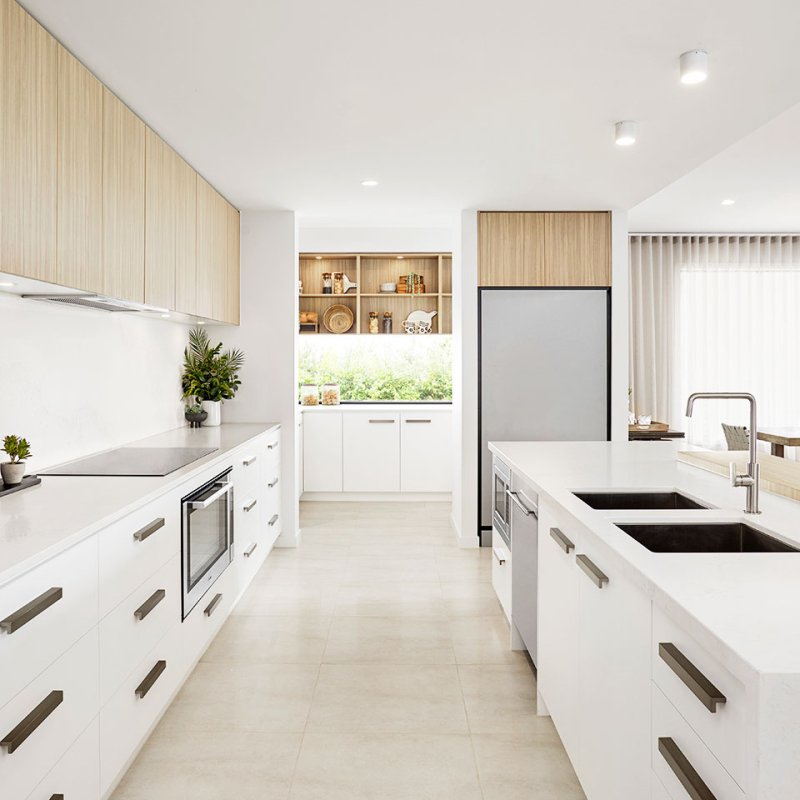
Location
To be a successful property investor you should acquire your property in best location at a reasonable price. Keeping in mind, aspects of rental potential and capital growth.
Check for proximity to transport facilities, schools, shopping centres, sports and entertainment facilities and areas of future jobs growth.
Most property purchasers should be located in a safe, clean, attractive environment location. Preferably the location should have an already-established high rental demand.


